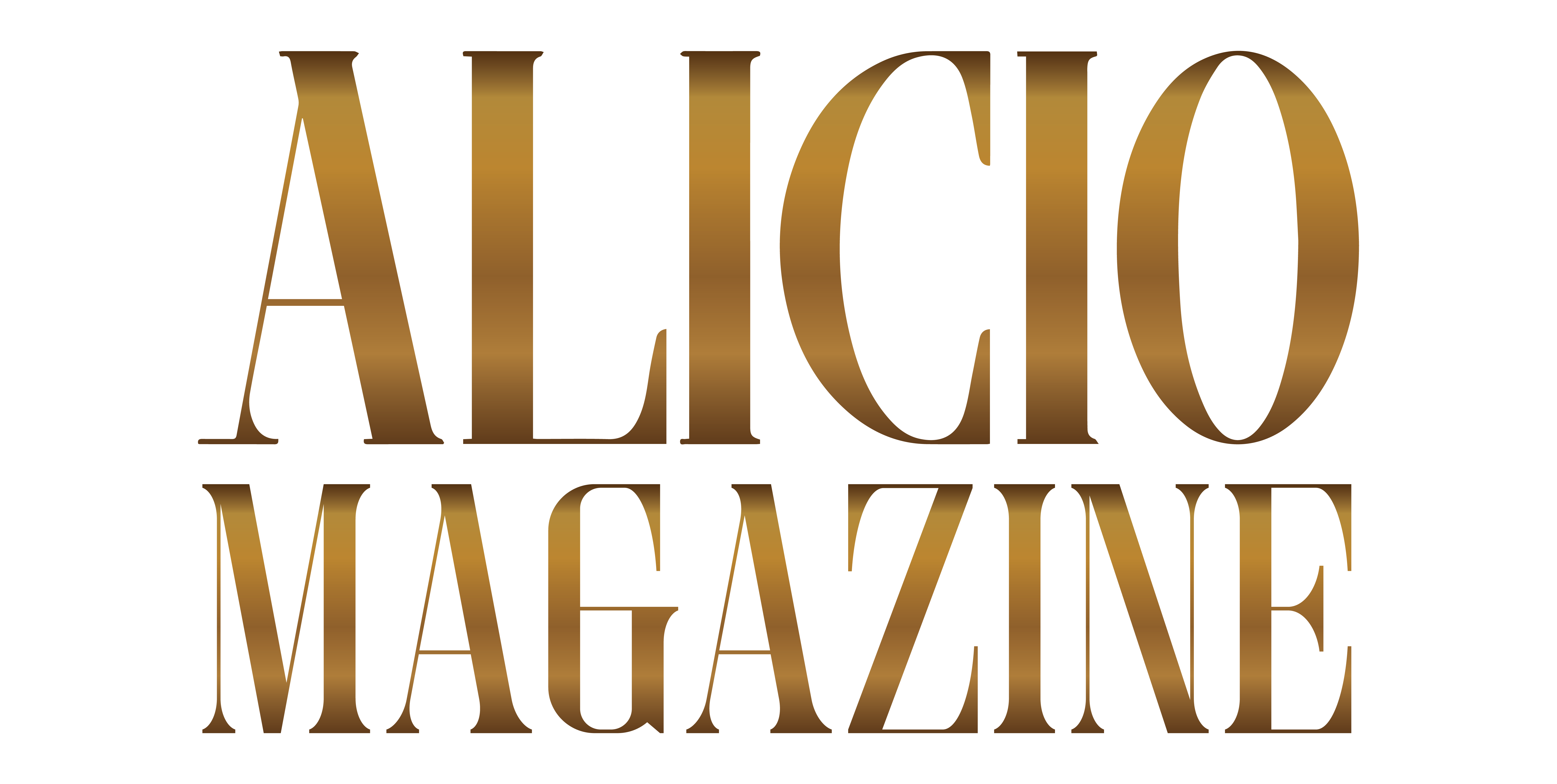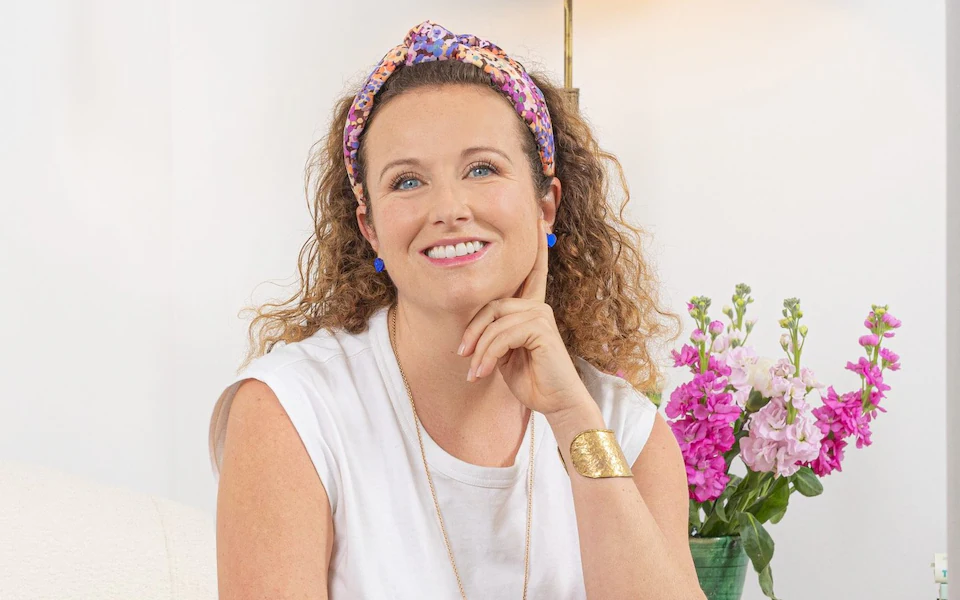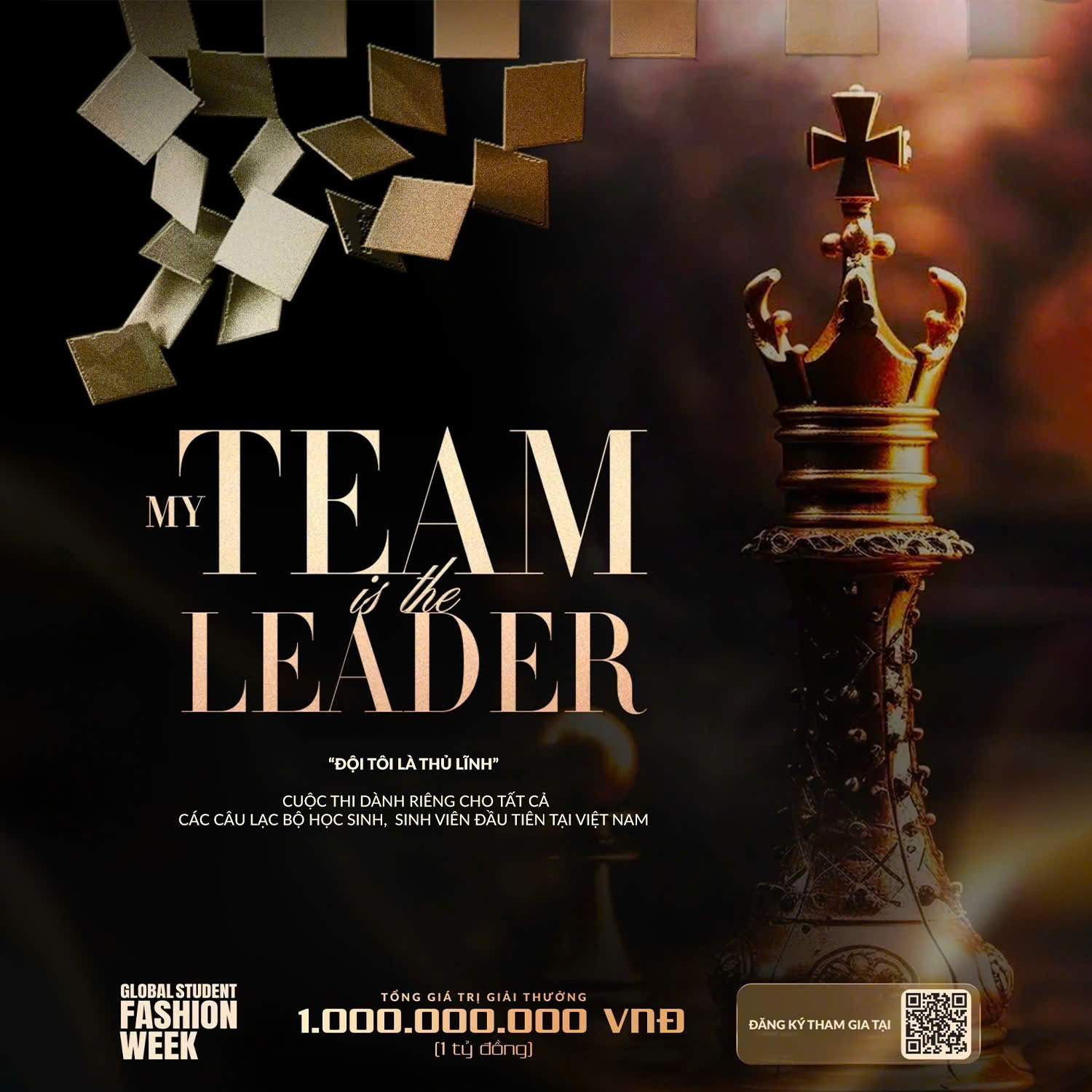For most of my life I felt out of sync with the world around me. As a mother, wife and successful entrepreneur, everyone thought that I was happy and thriving, but when I hit my 30s my social life started to suffer in ways that I couldn’t ignore. After an evening with even my closest friends, I’d feel so drained that I’d need to lie down in a dark room to calm my mind and recover from what felt like hours of hard work.
I’m not an introvert. I had spent my 20s and my university years as a social butterfly: always the loud, funny one in any group, dependably up for a party or a night out. Or that’s how I’m sure it seemed from the outside – in reality I was constantly “masking” the real me and putting on a confident face so that I would be liked. Inside I was exhausted and crumbling, and blamed myself for being unable to cope with ordinary life.
You might roll your eyes when I tell you that the cause of all of this was unacknowledged ADHD (or, actually, ADD – my official diagnosis of attention deficit disorder is missing the ‘H’ for hyperactive, because like a lot of other women with this syndrome, I’m not hyper). But in recent years, thousands of women in their 40s, like me, have discovered that ADHD could be behind all of the problems in our lives. Often it’s spotting the symptoms that we struggle with in our own children that changes everything.

My path to finally being diagnosed with ADHD started when I was 42 and my son, Magnus, was 10. He is a super bright kid, the sort of child that teachers tell you will grow up to be the prime minister or an astronaut. But as he got older, Magnus started to struggle in school. He was overwhelmed and started to underperform, and he was hyperactive too, finding it hard to sit still and always wanting to do something new.
As a parent, his behaviour struck me as “classic ADHD”, but at first I didn’t want him to have that label. He was happy and socially successful, and I didn’t want him to feel that he was different from other people.
In 2022, my husband and I made the decision to move our family to Cascais, in Portugal, so that Magnus could receive a better education and more challenge at school. For a few months the move really helped – the school was English-language, and we speak Dutch at home as my husband and I are Dutch, so that challenge kept Magnus engaged. But then his progress plateaued. Magnus was always telling us that his head was “full of stuff” and he couldn’t concentrate.
That’s when I made the decision to take Magnus to a doctor and seek a formal diagnosis. It was shockingly simple: there was no circuit of psychiatrists, no huge bill, no struggle to be taken seriously. It might be that things are simpler here in Portugal than they are in Britain, with the UK’s big backlogs on the NHS, but when it came to breaking down his behaviour for doctors to diagnose him, Magnus ticked every single box.
Then it dawned on me. As a child, my symptoms were almost identical to Magnus’s (minus the hyperactivity), but no one had ever suggested to me that ADHD might be to blame.
I wasn’t the sort of child that you’d call disruptive, though I was loud and funny. I never made any real friends and when I look back that’s where my “masking” began.
Like Magnus, when I was primary school-aged, people had high expectations of me and said I would go a long way in life. But the older I got and the more organised and focussed I was expected to be, the worse I did. I started to underperform in high school, where I started out in the top sets but barely scraped a pass when I left at 18. I felt so different, with my head in the clouds. It seemed like I felt all of my emotions much more strongly than other people did. I was very unhappy and felt disconnected from the world.
In my teens, my parents, who were endlessly supportive, saw that I was struggling and sent me to therapist after therapist, in the hope that someone would be able to make me feel happier and help me do better at school. No one that I saw had the answers – maybe that’s because I was a smart kid who didn’t want to feel like there was something wrong with her, so I talked myself out of difficult conversations and convinced doctors that I was fine.
Deep down I was a very sensitive person who really took things to heart – and as I struggled to stay focused and organised, my self-esteem started to take a hit. Why was I failing to do things that other people found easy, I wondered? I thought that when I left home I might find my “tribe” and things would be different. But at the college I attended in Amsterdam, where I studied marketing, my worst impulses took over while I struggled to cope with the constant need to mask and seem organised.
People with ADHD seek out “dopamine roller-coasters”, things that are exciting enough to keep us engaged: drinking, partying and thrill-seeking. Yet at the end of every night, I still felt empty. When I finished college I managed to get myself into a prestigious marketing traineeship at one of Amsterdam’s biggest advertising agencies, but I couldn’t focus on my work, procrastinating all day. I dropped out halfway through the programme.
It took a while for me to figure out what I really wanted to do with my life after that: I knew that I had a passion for travel, so I got a job as a flight attendant on a private jet, but after a year the constant jet-lag caught up with me and I struggled to function again. But I loved hotels and planning journeys for families, so I set up a travel planning agency.
Working for myself was freeing – no masking, no arbitrary deadlines, and no colleagues to throw me off. It was a huge success, and eventually I was bought out by a big Swiss brand in 2009. The same year, I reconnected with my husband. We’d met when I was 22 and in university, but separated. I was 29 when we got back together. Before long I was pregnant with Magnus. He was born three months after we got married, in 2012.
When Magnus was diagnosed, I took myself to a psychiatrist to see whether I might have ADHD too. It turned out that I was a textbook case as well: I met nine out of 10 of the diagnostic criteria that are used here in Portugal. There’s a genetic component to ADHD that’s well-recognised by experts now, too. It didn’t surprise my therapist when I told her that my son had recently been diagnosed.

Far from being a constraint, finally having a label was a huge relief, like everything I’d struggled with for so long was finally explained and I could truly be myself. It made complete sense to my husband, my close friends and eventually to my parents, too – though it took a bit of explaining for them to understand that you could be diagnosed with it in your 40s, and that it isn’t only a problem for boys like Magnus.
Now that my children are older and I’ve got more time for myself, I’ve thrown myself back into work. Inspired by my own experiences with ADHD and the massive overwhelm that I experienced, I created an app called Bundle It, with my co-founder and friend Martien. She was the total opposite of me: super organised, calm and down-to-earth. Martien came to me with the idea for us to work on just after my diagnosis, so it really felt like things were falling into place.
We wanted to create something that could help anyone who feels overloaded by the constant flow of information online. For people with ADHD, being on social media is another of those “dopamine roller-coasters” that can suck up hours of our time and leave us feeling drained – for those of us who aren’t diagnosed, the endless scrolling can come with guilt and shame. Bundle It works like a digital desk organiser: somewhere to keep screenshots, social posts and links with no risk of disappearing down rabbit holes.
Since my diagnosis, I’ve felt more empowered to change how I live my life. I get up at 5am, because that’s when my brain works best. I have a treadmill at my standing desk because typing on the move actually helps me to concentrate (something people with more neurotypical brains might find strange). I don’t force myself to work long hours – to get the best out of myself and avoid burning out, I call it a day when I can feel my focus start to wander.
Having a late ADHD diagnosis has made me more empathetic, more in tune with myself, and finally confident in who I am. I see it as a gift: without it, I wouldn’t have had the creativity, resilience, or drive to bring my ideas to life. My brain works differently to many others and it feels like having a creative superpower.
Socially, I pace myself. Not everyone in my life was up to speed with the “real” Margot, and it’s true that I’ve lost some friends as a result of being myself more fully. But I feel closer than ever to my true friends – most of whom are people I met long after university, like Martien – and they understand that I need to pace myself and rest between big social events. Now, when people meet me, what they get is the real me, and I have the confidence to truly love who I am.



